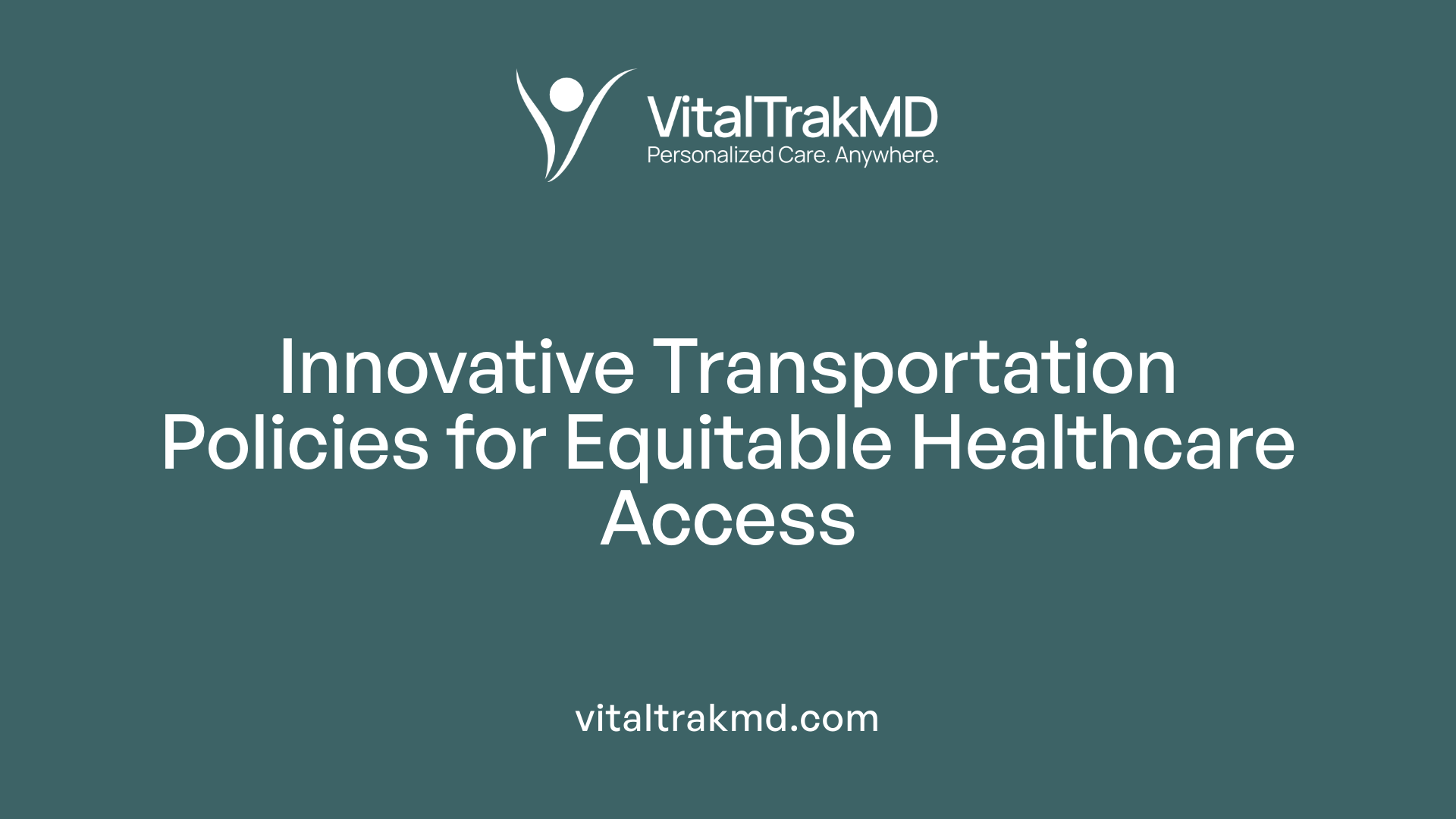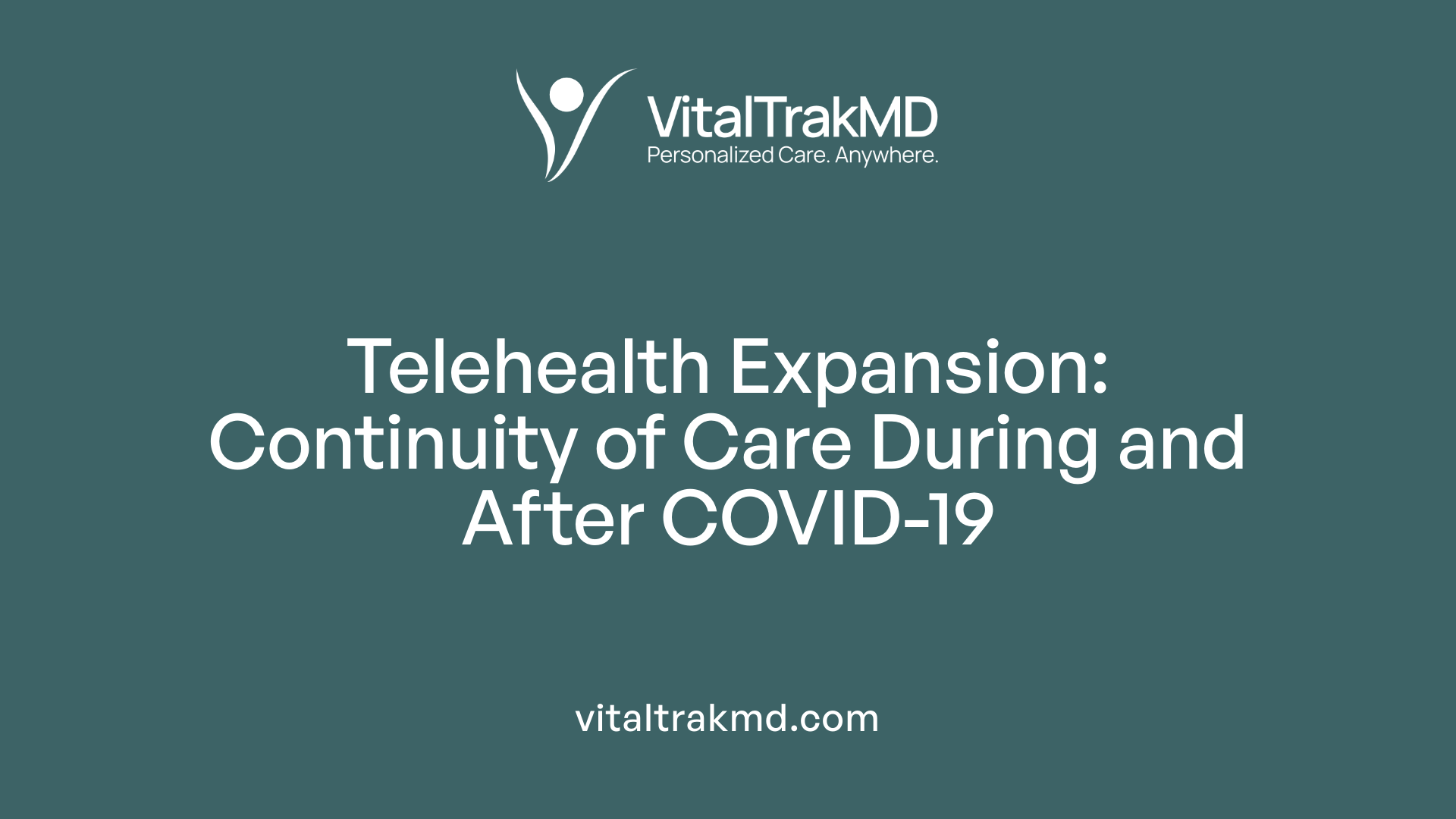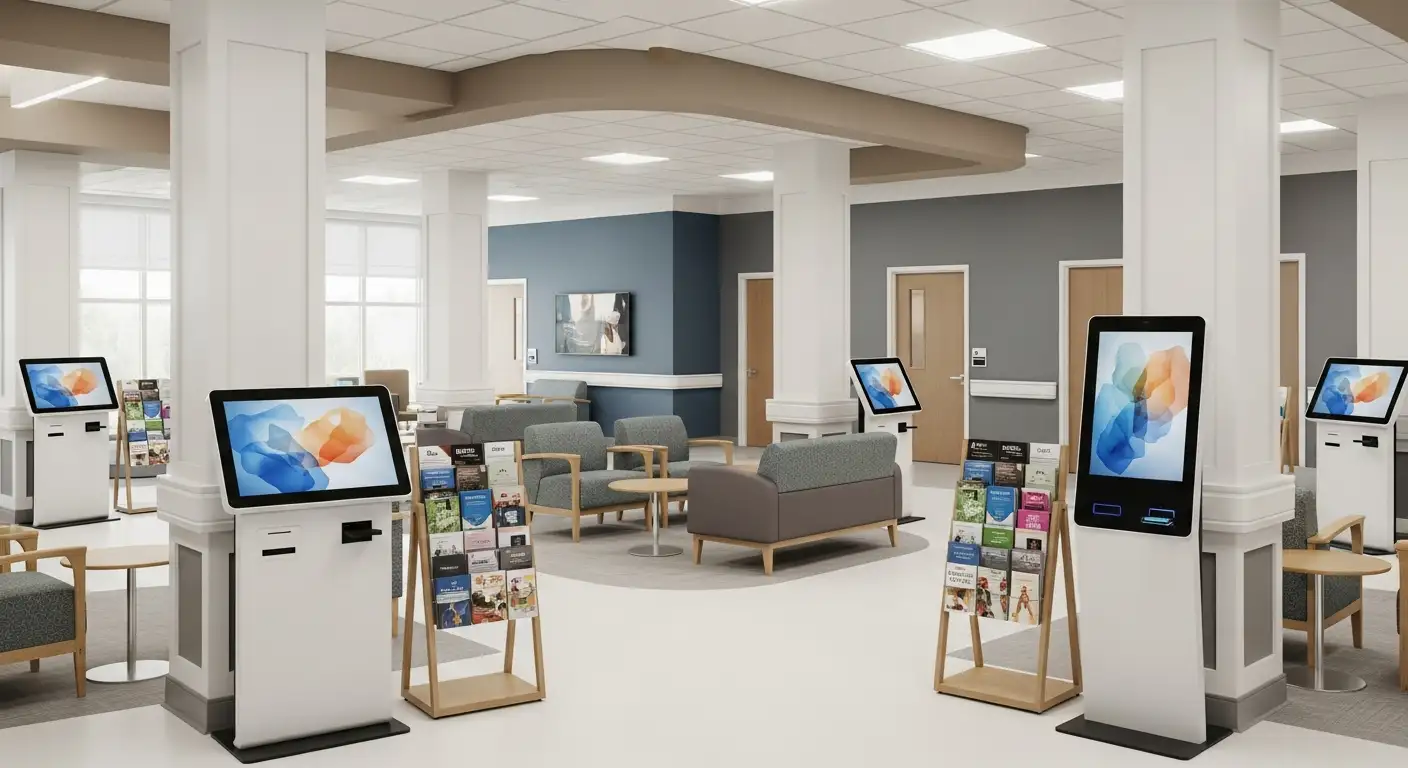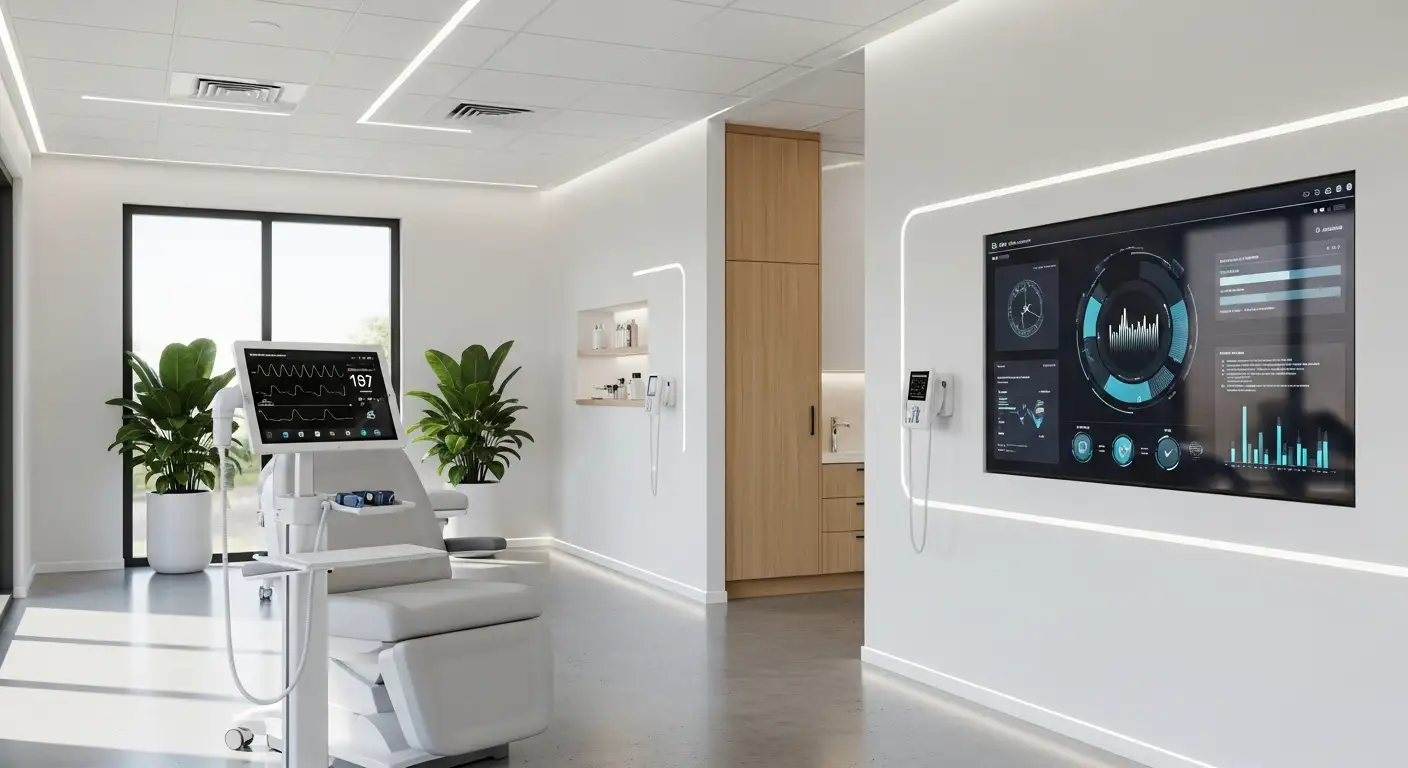Missing Doctor Visits Due to Transport? Go Hybrid

Addressing Transportation Barriers Through Hybrid Healthcare Models
Transportation barriers remain a persistent obstacle to consistent healthcare access, leading to missed appointments, delayed treatments, and poorer health outcomes. As healthcare systems seek effective solutions, the integration of hybrid models—combining telehealth and innovative transportation solutions—has gained prominence. This article explores how these approaches can reduce missed visits, improve patient engagement, and foster health equity across diverse populations.
The Impact of Transportation Barriers on Healthcare Access

How does transportation affect healthcare access and appointment attendance?
Transportation issues are a major obstacle to consistent healthcare. They contribute to missed or rescheduled appointments, delays in receiving care, and medication non-adherence. When patients face difficulties in reaching healthcare facilities, their chronic conditions can worsen due to interrupted treatment. This is especially true for vulnerable groups, including those living in poverty, seniors, and individuals with disabilities.
Research shows that transportation barriers lead to increased emergency room visits and delayed diagnoses, which can significantly affect health outcomes. For example, a study from a family health center in Texas revealed that transportation difficulties were responsible for higher no-show rates, ultimately impacting patient health and resource utilization.
Disproportionate effects on vulnerable populations, including low-income, disabled, and minority groups.
Certain populations are more affected by transportation-related healthcare access issues. Low-income individuals, those with disabilities, and racial and ethnic minorities often report greater difficulties. A report from the Urban Institute found that over 20% of people without personal vehicles and limited public transit access skipped healthcare due to transportation struggles.
Adults with low incomes and public insurance, including Medicaid, face higher rates of foregone care. Black adults and people with disabilities experience even higher barriers, with over 80% in some groups reporting transportation challenges as a reason for missed care.
Evidence linking transportation challenges to health disparities.
Numerous studies indicate a strong connection between transportation barriers and health inequities. Data shows that around 3.6 million Americans skip medical appointments annually because they lack reliable transportation. This leads to worse management of chronic illnesses, increased hospitalizations, and a greater burden on emergency services.
Strategies like partnerships with ride-sharing services (Uber, Lyft), mobile clinics, and community programs have been implemented to address these issues. Yet, despite these efforts, disparities persist, emphasizing the need for targeted policies and infrastructure investments.
| Population Group | Percentage Facing Transportation Barriers | Impact on Healthcare Access | Additional Notes |
|---|---|---|---|
| Low-income adults | 78-83% | Higher missed appointments | Dependence on public transit or no access to vehicle |
| Disabled individuals | 83% | Delayed or skipped care | Many require specialized transportation |
| Racial minorities (e.g., Black adults) | >80% | Reduced access to preventive services | Higher reliance on limited transit options |
| Rural residents | Significant transportation challenges | Less frequent healthcare visits | Longer travel distances and fewer transit options |
Developing effective interventions—such as subsidized NEMT services, telehealth expansion, and improved transit infrastructure—is vital to reducing these disparities. Addressing transportation barriers not only facilitates timely healthcare delivery but also promotes health equity among vulnerable populations.
Transportation Barriers and Their Effect on Appointment Adherence

What are transportation barriers to healthcare?
Transportation barriers to healthcare include several challenges that hinder individuals from accessing medical services. These obstacles encompass lack of vehicle access, inadequate transportation infrastructure, long distances to healthcare facilities, and high costs associated with travel.
Many populations face these difficulties, which can lead to missed or delayed medical appointments. The consequences include increased healthcare costs, poorer health outcomes, and greater disparities, particularly in rural areas and among low-income groups.
Efforts to improve access involve creating affordable and reliable transportation options, developing walkable neighborhoods, expanding public transit services, and deploying mobile clinics to reach underserved communities. Addressing these barriers is essential to achieving equitable healthcare access and ensuring timely care.
How do transportation issues contribute to missed healthcare appointments?
Transportation problems significantly increase the likelihood of missed or delayed appointments. Patients unable to secure reliable transportation often miss scheduled visits, which can worsen health conditions and lead to emergency care.
Mitigation strategies such as ride-sharing programs, non-emergency medical transportation (NEMT), and community shuttle services have proven effective in reducing missed appointments. These solutions not only improve consistent access to healthcare but also enhance overall health outcomes.
Implementing targeted interventions that address transportation barriers remains a critical component of efforts to promote healthcare adherence and equity across diverse populations.
Hybrid Healthcare Models as a Solution to Missed Appointments

How can hybrid models combine telehealth and in-person visits?
Hybrid healthcare models blend traditional face-to-face consultations with virtual visits via telehealth platforms. This approach allows patients to choose the most convenient option based on their medical needs and personal circumstances. For example, routine check-ups, follow-up appointments, or mental health sessions can often be conducted remotely, reducing the need for travel and waiting times.
Furthermore, virtual visits enable healthcare providers to perform assessments in patients' living environments, especially important for vulnerable populations like the elderly or those with mobility issues. This flexibility not only improves patient satisfaction but also helps maintain continuous care, even when in-person visits are challenging.
How does predictive analytics and overbooking strategies influence appointment management?
Predictive analytics uses data-driven insights to identify patients at higher risk of missing appointments. By analyzing factors such as past no-shows, transportation barriers, and social determinants of health, providers can proactively schedule and follow up with these patients.
Overbooking, based on statistical models, optimizes clinic capacity by securely scheduling more patients than available slots, anticipating some cancellations or no-shows. This strategy maximizes resource utilization, reduces waiting times, and prevents appointment gaps. Implementing these approaches requires careful planning to avoid overcrowding and ensure quality of care.
How can flexible scheduling and patient-centered approaches enhance appointment adherence?
Offering flexible scheduling options, including varied appointment times and walk-in slots, caters to patients' diverse routines and commitments. Patient-centered approaches involve understanding individual barriers, such as transportation challenges, work schedules, or caregiving responsibilities, and tailoring solutions accordingly.
Educational outreach and reminders via automated systems help reinforce appointment attendance. Additionally, providing transportation assistance, like ride-share vouchers or community shuttle services, addresses logistical barriers.
Training staff to communicate effectively and empathize with patients fosters trust and cooperation. Collectively, these strategies foster a healthcare environment where patients feel valued and supported, significantly improving adherence to scheduled visits.
Transportation Solutions and Policy Initiatives to Improve Healthcare Access

Are there effective transportation solutions to improve appointment adherence?
Yes, a range of transportation options has proven effective in reducing missed healthcare appointments. Subsidized shuttle services, ride-sharing programs like Uber and Lyft, and non-emergency medical transportation (NEMT) are among the most successful strategies. Studies indicate that such initiatives can significantly cut no-show rates, which in turn reduces overall healthcare costs.
Providing free or low-cost transportation assistance targets barriers faced by vulnerable populations, including low-income individuals, rural residents, and those without personal vehicles. Technological tools, like real-time GPS tracking, automated reminders, and scheduling apps, further improve reliability and timeliness of transportation.
By integrating these services with healthcare facilities, healthcare providers can enhance appointment adherence. Policies that promote expansion and coordination of transportation services are essential to ensure equitable access and better health outcomes. Collectively, these strategies help address logistical barriers like long travel distances and high costs, ultimately leading to improved patient care and reduced unnecessary emergency visits.
What initiatives or policies are aimed at increasing healthcare access through transportation and hybrid services?
Initiatives aimed at expanding healthcare access through transportation focus on creating integrated, community-based, and policy-supported solutions. Federal and state programs endorse demand-response services, partnerships with ride-sharing companies, and community-designed projects such as 'Rides to Wellness' to facilitate transportation to medical and health facilities.
Policies like Complete Streets and transit-oriented development promote infrastructure improvements that prioritize health and transit accessibility. These include expanding public transit routes, establishing demand-response systems for rural and underserved areas, and integrating health services into transportation planning.
Funding streams from organizations like the National Aging and Disability Transportation Center (NADTC) and the Rural Transit Assistance Program (RTAP) support innovative projects that improve transportation equity. Programs such as Arizona’s Surge Line and Vermont’s Rides to Wellness exemplify strategic efforts that coordinate transportation for routine care or emergencies, reducing barriers and ensuring timely access.
Promoting active transportation, expanding public transit, and fostering community partnerships are crucial policies. They address social determinants of health, reduce missed appointments, and promote overall health equity by ensuring that transportation does not hinder access to essential healthcare services.
The Role of Telehealth During the COVID-19 Pandemic and Beyond

How has telehealth use increased during COVID-19?
The COVID-19 pandemic accelerated the adoption of telehealth as a vital tool for maintaining healthcare services while minimizing physical contact. During this period, healthcare providers worldwide expanded telehealth offerings—ranging from virtual consultations to remote monitoring—enabling patients to access care without risking exposure.
This shift was particularly significant in remote and underserved areas where travel and in-person visits posed safety concerns or logistical challenges. Patients could now consult with their healthcare providers from home, ensuring continuity of care during lockdowns and social distancing mandates.
What are the limitations and challenges of telehealth, including access and resources?
Despite its advantages, telehealth faces several hurdles. Access to reliable internet and suitable digital devices remains a barrier for many populations, especially among low-income, elderly, or rural residents. Language barriers and limited digital literacy can also inhibit effective use.
Resource needs are also significant; healthcare facilities require technology infrastructure, cybersecurity measures, and staff training. Additionally, some medical conditions require physical examinations or procedures that cannot be conducted remotely, limiting telehealth's applicability.
These obstacles highlight the importance of equitable infrastructure development and tailored support systems, such as digital navigators and interpreter services, to ensure underserved communities benefit fully from telehealth.
Is telehealth a replacement or supplement for in-person care?
Most experts agree that telehealth should be viewed as a complement rather than a replacement for face-to-face interactions. While virtual visits are highly effective for follow-ups, chronic disease management, mental health services, and certain preventive care, they cannot entirely replace physical examinations or procedures.
A hybrid model, combining telehealth and in-person visits, offers a balanced approach—reducing unnecessary travel, decreasing clinic congestion, and expanding healthcare access while preserving the quality of care for complex or critical needs.
Furthermore, this model supports better resource allocation, improves patient satisfaction, and addresses transportation barriers that often prevent regular healthcare access.
How effective are hybrid scheduling and innovative transportation interventions in reducing no-shows?
Hybrid scheduling strategies, paired with innovative transportation solutions, have proven to significantly decrease patient no-shows. Combining predictive analytics—which utilize historical appointment data, weather conditions, and individual risk profiles—enables healthcare providers to optimize appointment timing and resource use.
For example, offering flexible appointment slots, walk-in options, and real-time reminders enhances patient engagement and adherence. Transport interventions, such as subsidized rides, ride-sharing partnerships, or specialized transit services, directly address transportation barriers that often lead to missed appointments.
Integrating telehealth further reduces transportation hurdles, allowing patients to engage with providers remotely when appropriate. These combined approaches create a patient-centered system that improves efficiency, reduces costs, and ensures continuity of care.
Overall, the synergy of hybrid scheduling, technological innovations, and transportation support leads to lowered no-show rates, better health outcomes, and more sustainable healthcare delivery.
| Strategy | Impact | Additional Details |
|---|---|---|
| Predictive Analytics | Optimizes appointment scheduling | Uses historical data, weather, risk factors |
| Transportation Support | Reduces missed visits | Includes ride-shares, subsidies, shuttle routes |
| Telehealth Integration | Decreases transportation barriers | Remote consultations when suitable |
| Patient Education & Reminders | Enhances adherence | Text alerts, calls, digital engagement |
This multidimensional approach underscores how leveraging technology and community resources can transform healthcare access and quality in the post-pandemic era.
Implementing Hybrid Approaches for Better Healthcare Access
Combining telehealth, innovative transportation solutions, and predictive scheduling creates a robust framework to address the ongoing challenge of missed healthcare appointments. Policymakers, healthcare providers, and community organizations must collaborate to develop integrated systems that prioritize equity, accessibility, and convenience. Investment in infrastructure, technology, and community-based programs will be essential to sustain these initiatives and ensure vulnerable populations receive consistent, timely care. Embracing hybrid healthcare models promises to improve health outcomes, reduce costs, and foster a more equitable healthcare system for all.
References
- Distance Matters: Investigating No-Shows in a Large Rural Provider ...
- Offering transportation services to economically disadvantaged ...
- The doctor will see you. . . but when? - Binghamton News
- New study suggests free rides don't abate missed appointments
- Social Determinants of Health Series: Transportation and the Role of ...
- Without vehicle or viable public transit, 1 in 5 miss needed healthcare
- Over 1 in 5 skip health care due to transportation barriers - Axios
- The Connection Between Transportation Barriers and Missed ...
Recent articles
Want to Feel Better and Live Healthier?
Join hundreds of patients taking control of their health with personalized care that fits their life – not the other way around.
Rated 4.8/5 by 32+ customers







